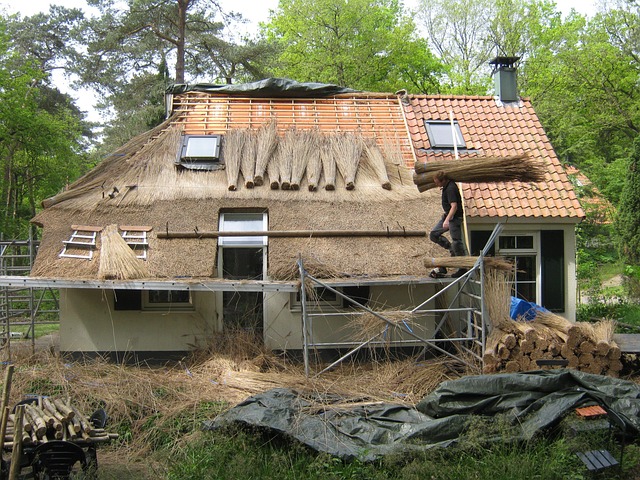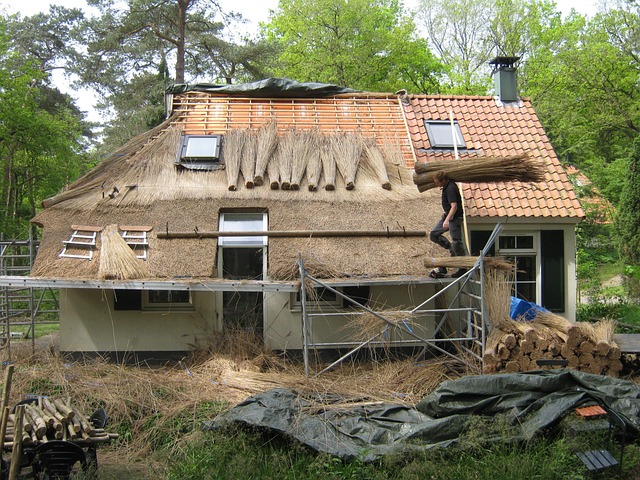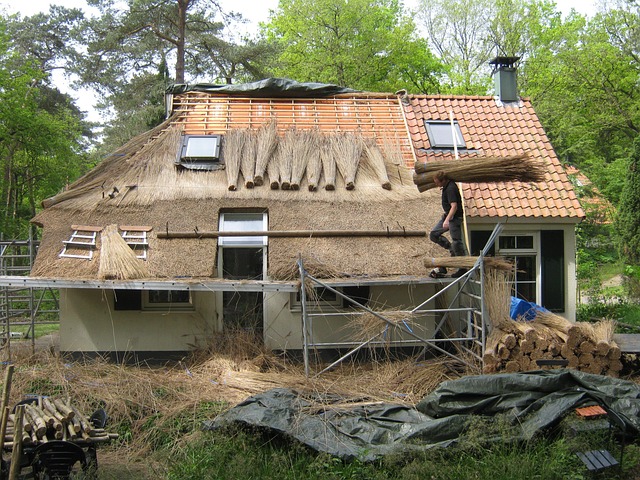Agriculture is a powerful driver of economic growth, especially in rural areas, where it boosts GDP and creates jobs. Its success leads to improved infrastructure and real estate markets, making rural regions more attractive for residents and businesses. Innovations within agriculture spark new business opportunities across various sectors, enhancing the local economy's diversity and resilience. Successful farming practices have transformed communities globally, from coastal villages with sustainable aquaculture attracting tourism to stimulating economic growth in manufacturing, retail, and healthcare.
“Unveiling the symbiotic relationship between agriculture and local economies, this article explores how these sectors drive community prosperity. We delve into the multifaceted impact of farming on economic growth, highlighting direct and indirect contributions. Case studies showcase communities thriving due to agricultural success. Additionally, we examine education’s pivotal role in fostering sustainable farming practices and its effect on economic stability. Furthermore, the intersection of agriculture and real estate is explored, focusing on land use planning strategies for a balanced future.”
The Link Between Agriculture and Economic Growth

Agriculture plays a pivotal role in fostering economic growth, especially in rural areas where it serves as a cornerstone of the local economy. The connection between agriculture and economic development is multifaceted; farms contribute significantly to gross domestic product (GDP), creating opportunities for various industries to flourish. As agricultural productivity increases, so does the potential for related sectors like food processing, distribution, and retail to expand, leading to more jobs and investment in the region.
Moreover, agriculture drives real estate markets in many communities. The demand for farmland, agritourism properties, and rural residences often rises with agricultural prosperity. This, in turn, stimulates local construction, improves infrastructure, and enhances overall quality of life, making these areas more attractive to residents and businesses alike.
– Exploring the direct and indirect impacts of agriculture on local economies

Agriculture plays a pivotal role in fostering and driving local economies, often serving as the backbone of communities worldwide. Its impact is multifaceted, extending beyond food production to create a ripple effect across various sectors. Directly, agricultural activities generate employment opportunities, from farmers and farmworkers to support services like transportation and processing facilities. This sector’s significance is especially prominent in rural areas, where it may be the primary source of livelihood for many residents, contributing significantly to the local Real Estate market as families seek housing near their farms.
Indirectly, agriculture stimulates economic growth by supporting industries such as manufacturing (e.g., food processing), retail (local markets and grocery stores), and tourism (agritourism experiences). The produce from local farms often finds its way to restaurants, enhancing culinary experiences and attracting visitors interested in farm-to-table cuisine. Furthermore, agricultural advancements and innovations can lead to new business ventures, tech startups focused on precision farming, sustainable practices, or agri-tech solutions, further diversifying and strengthening the local economy.
– Case studies: Communities thriving due to agricultural success

In many parts of the world, agriculture serves as a cornerstone for local economies and community development. Case studies illustrate vibrant communities that have experienced economic thrive due to their agricultural success. For instance, small-scale farming operations in rural areas have not only created job opportunities but also stimulated local Real Estate markets through increased demand for housing and commercial spaces. As these farms prosper, nearby towns benefit from enhanced infrastructure and services, attracting investors and businesses alike.
Take a look at the transformation of coastal villages where sustainable aquaculture has become a primary industry. These communities now boast thriving tourism sectors, as visitors are drawn to fresh seafood and scenic landscapes. The influx of economic activity has led to improved schools, healthcare facilities, and community centers, fostering a sense of pride and belonging among residents. This positive cycle demonstrates how agricultural innovation can spark holistic growth, transforming local economies and enhancing the overall quality of life.






